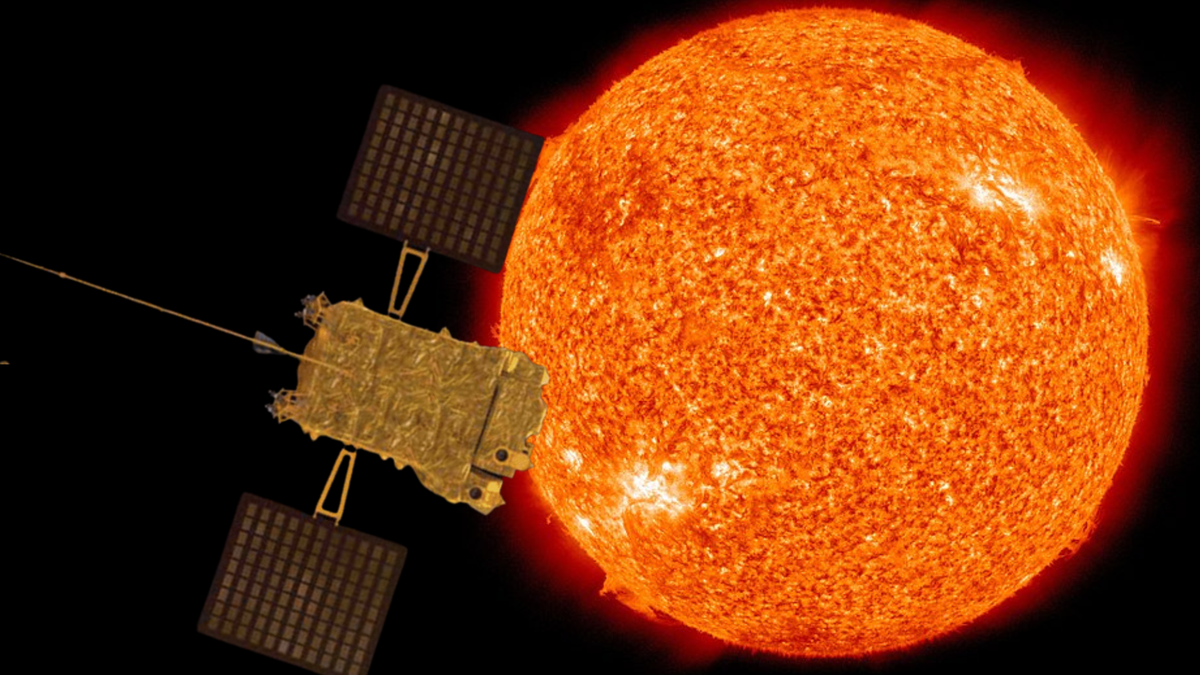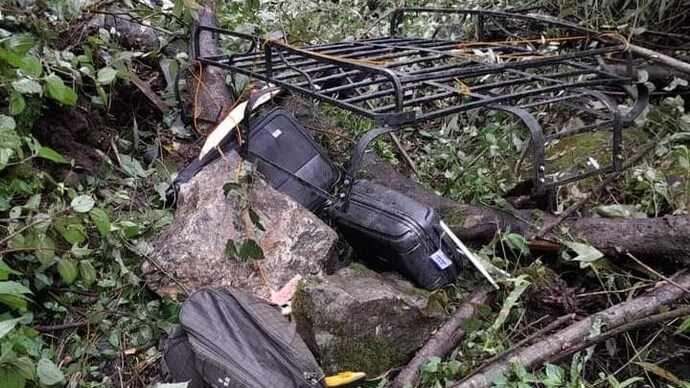Solar wind particle experiment payload onboard Aditya-L1 starts operations: ISRO
Sat 02 Dec 2023, 13:22:37

The Aditya Solar wind Particle Experiment payload onboard India's Aditya-L1 satellite has commenced its operations and is performing normally, ISRO said on Saturday.
ISRO's Polar Satellite Launch Vehicle (PSLV-C57) on September 2 had successfully launched the Aditya-L1 spacecraft, from the second launch pad of Satish Dhawan Space Centre, Sriharikota.
Aditya-L1 is the first Indian space-based observatory to study the Sun from a halo orbit around first Sun-earth Lagrangian point (L1), which is located roughly 1.5 million km from Earth.
In a statement, ISRO said Aditya Solar wind Particle Experiment (ASPEX) comprises two cutting-edge instruments 'the Solar Wind Ion Spectrometer (SWIS) and SupraThermal and Energetic Particle Spectrometer (STEPS). The STEPS instrument was operational on September 10, 2023. The SWIS instrument was activated on November 2, 2023, and has exhibited optimal performance.
"SWIS, utilising two sensor units with a remarkable 360° field of view each, operates in planes perpendicular to one another," the statement read.
According to ISRO, the instrument has successfully measured solar wind ions,
primarily protons and alpha particles.
primarily protons and alpha particles.
A sample energy histogram acquired from one of the sensors over two days in November 2023 illustrates variations in proton and alpha particle (doubly ionized helium, He2+) counts, the agency said.
"These variations were recorded with nominal integration time, providing a comprehensive snapshot of solar wind behaviour," ISRO said.
The directional capabilities of SWIS enable precise measurements of solar wind protons and alphas, contributing significantly to addressing longstanding questions about solar wind properties, underlying processes, and their impact on Earth, the space agency explained.
"The change in the proton and alpha particle number ratio, as observed by SWIS, holds the potential to provide indirect information about the arrival of Coronal Mass Ejections (CMEs) at the Sun-Earth Lagrange Point L1," ISRO said.
Enhanced alpha-to-proton ratio is often regarded as one of the sensitive markers of the passage of interplanetary coronal mass ejections (ICMEs) at the L1 and hence considered crucial for space weather studies.
No Comments For This Post, Be first to write a Comment.
Most viewed from National
Most viewed from World
AIMIM News
Asaduddin Owaisi questions PM Modi's China policy
Jan 08, 2025
Owaisi slams UP over police post near Sambhal mosque
Dec 31, 2024
Owaisi hails SC order on Places of Worship Act
Dec 13, 2024
AAP Corporator Tahir Hussain joins AIMIM party
Dec 11, 2024
Latest Urdu News
Most Viewed
May 26, 2020
Which political party will win the Delhi Assembly polls to be held on Feb 5?
Latest Videos View All
Like Us
Home
About Us
Advertise With Us
All Polls
Epaper Archives
Privacy Policy
Contact Us
Download Etemaad App
© 2025 Etemaad Daily News, All Rights Reserved.

.jpg)
.jpg)
.jpg)
.jpg)
.jpg)
.jpg)
.jpg)




.jpg)
.jpg)
.jpg)
.jpg)
.jpg)

.jpg)
.jpg)
.jpg)

.jpg)


















